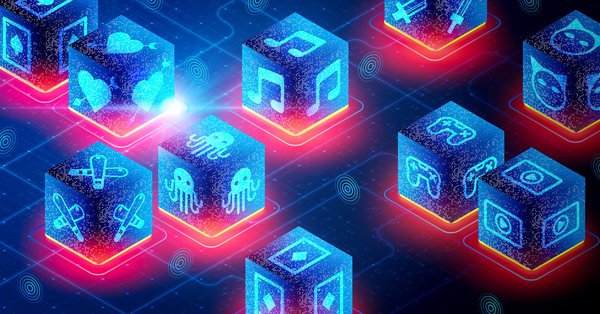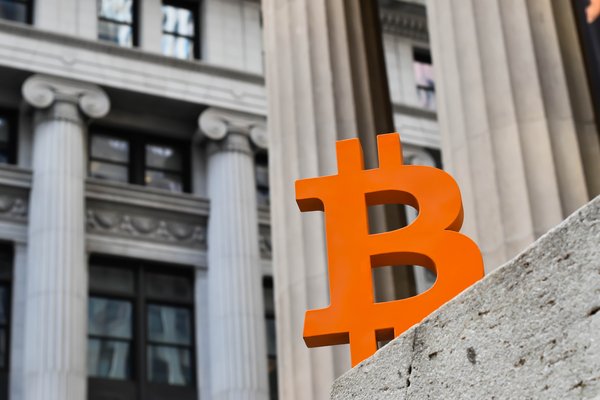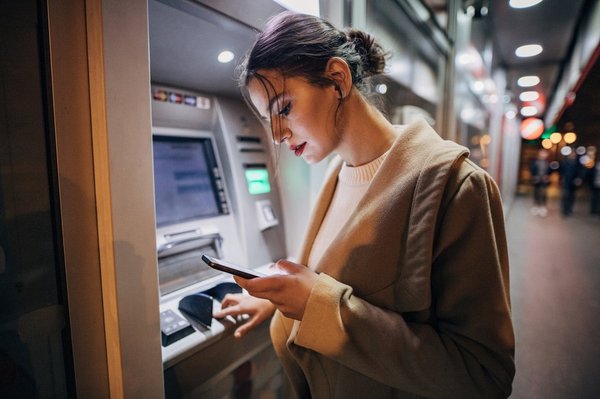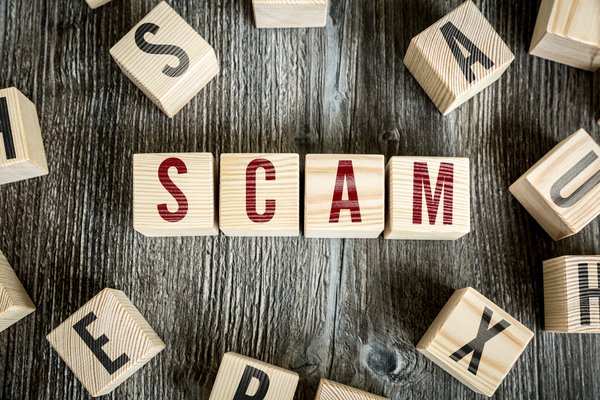If you keep up with cryptocurrency at all, it won't take long to hear about coin burning, a method of cutting a coin's supply that became popular around 2017. As you often see in cryptocurrency, it has been copied almost endlessly since then.
With coins large and small, there's news about how the developers burned millions, billions, or even trillions of tokens. In this article, you'll learn exactly what cryptocurrency burning is and why developers do it.

What is coin burning?
Coin burning happens when a cryptocurrency token is intentionally sent to an unusable wallet address to remove it from circulation. The address, which is called a burn address or eater address, can't be accessed or assigned to anyone. Once a token is sent to a burn address, it's gone forever.
Anyone who owns a cryptocurrency can burn it, but it's not exactly something you'd want to do for no reason since you'd essentially be throwing money away.
Most of the time, it's the developers of a cryptocurrency who decide to burn a certain amount. Coin burning reduces the supply, making tokens of that cryptocurrency scarcer. That scarcity can lead to an increase in price and benefit investors.
There are a couple of caveats to mention about coin burning. It isn't guaranteed to increase the crypto's value. In fact, many see little to no benefit from it.
A cryptocurrency coin burn can be used to deceive investors. Developers can claim to burn tokens when they're actually sending those tokens to a wallet they control. To avoid this, it's important to do your research on the crypto you're investing in or stick to safer cryptocurrency stocks.
Developers also burn tokens as a way to hide whales who hold large portions of a cryptocurrency. Let's say a developer launches a cryptocurrency with 1 billion tokens, keeps 100 million, and immediately burns 600 million. It will look like the developer owns 10% of the supply because the original supply was 1 billion. But the developer really owns 25% of the 400 million tokens still in circulation, which is obviously a much larger amount.
How did coin burning begin?
The idea behind coin burning dates back to well before cryptocurrency. It's very similar to, and likely inspired by, stock buybacks.
A stock buyback is when the company that issued the stock buys shares back at the market price and reabsorbs them, reducing the number of total shares in the market. While buybacks and coin burning aren't an exact match, they're similar concepts that can serve the same goals.
Coin burning started becoming popular with cryptocurrencies in 2017 and 2018 when multiple coins, including Binance Coin (CRYPTO:BNB), Bitcoin Cash (CRYPTO:BCH), and Stellar (CRYPTO:XLM) burned tokens to cut supplies and boost prices. More recently, it has been a common strategy with newer cryptocurrencies that start out with massive token supplies.
One of the main reasons coin burning has caught on lately is because it allows cryptocurrencies to start out at cheap prices and then artificially increases their value once people have invested. A new cryptocurrency can launch with 1 trillion tokens worth a fraction of a cent and attract investors because of the low price. Later, the developers can burn billions of tokens to raise the price.
What coins are able to be burned?
Every cryptocurrency can be burned. All cryptocurrencies can be sent to a burn address, which means it's possible to burn cryptocurrency with any of them.
Here are a few notable digital currency tokens that have been burned and the circumstances surrounding these events:
- Cryptocurrency exchange Binance started holding quarterly burns of its Binance Coin in 2017. The exchange has committed to doing this until 50% of the total Binance Coin supply is removed from circulation.
- The Stellar Development Foundation burned more than half of the Stellar supply (55 billion XLM tokens) in 2019.
- In what was likely an attempt to get attention, the developers of Shiba Inu (CRYPTO:SHIB) gave half the supply to Vitalik Buterin, co-founder of Ethereum (CRYPTO:ETH), in 2021. He promptly burned 90% of those tokens and donated the rest.
What is proof of burn?
Proof of burn is a consensus algorithm that blockchains can use to validate and add transactions. It's used to prevent fraud and ensure that only valid transactions go through.
A blockchain is a record of a cryptocurrency's transactions, and its consensus algorithm is the way that it confirms transactions. The two most popular consensus algorithms are proof of work and proof of stake; proof of burn is a newer alternative.
With proof of burn, crypto miners need to burn their own tokens to earn the right to mine new blocks of transactions. The more tokens they burn, the more they can mine. In return, participants receive rewards in the cryptocurrency they're mining.
Some proof-of-burn cryptocurrencies require that miners burn the same currency that they're mining. There are also some that let miners burn other types of crypto.
The advantage of proof of burn is that it's an efficient way to validate transactions and doesn't have the energy requirements of the proof-of-work model.
Applications for coin burning
Here are the main applications for coin burning:
- It can help the cryptocurrency rise in value. Although this is far from a sure thing, some cryptos have seen positive price movements after tokens are burned.
- If a cryptocurrency has a high inflation rate, burning tokens can curb the increase.
- It's a way for participants to add new blocks of transactions to a blockchain with proof-of-burn cryptos.
Coin burning on its own doesn't tell you whether a cryptocurrency is a good investment. There are both good and bad cryptocurrencies that burn tokens. By knowing how coin burning works, you can better understand the cryptocurrencies that use it.

























































































































